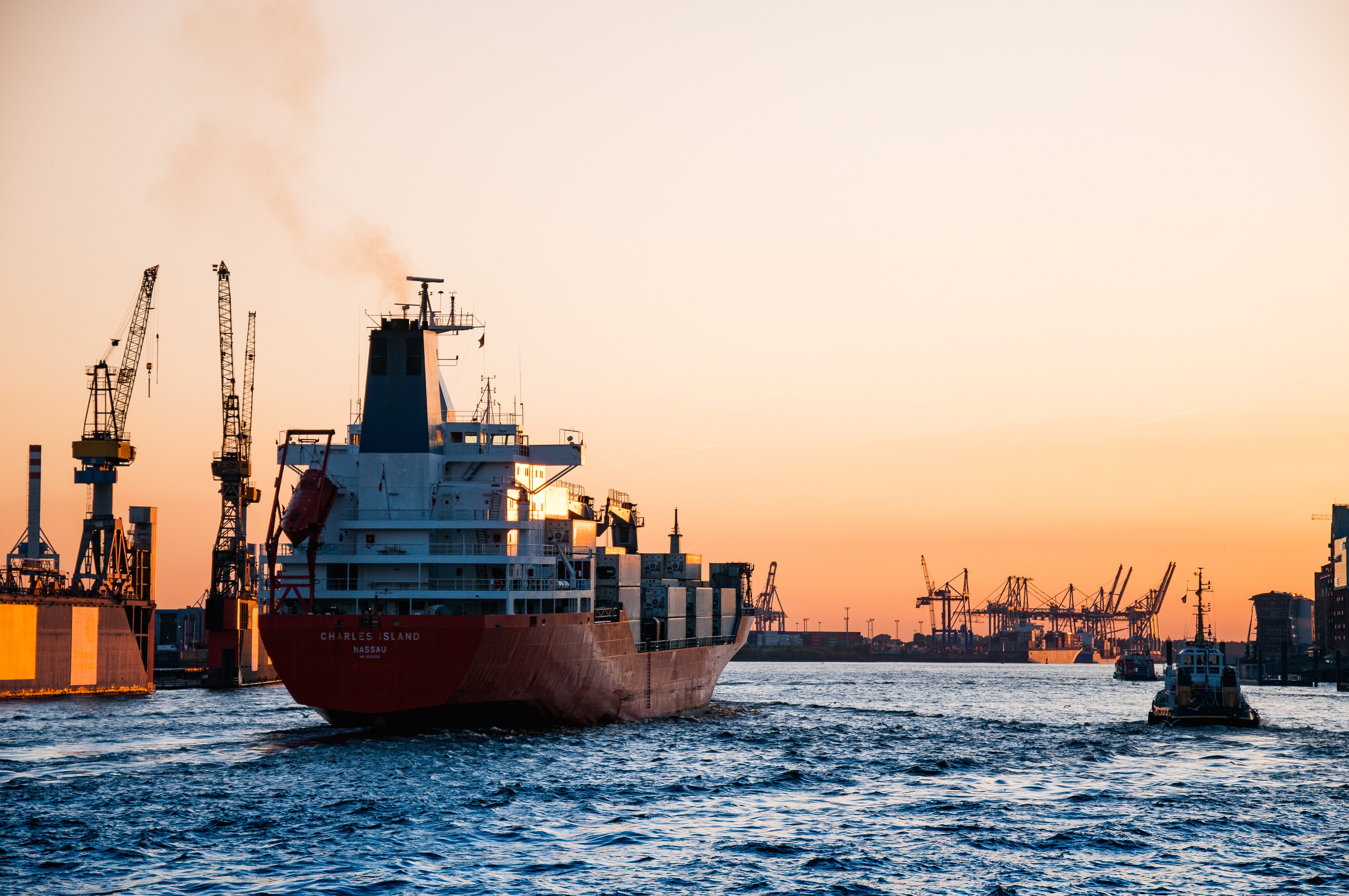For centuries, transport and logistics have been essential for delivering goods and people to their destination. It has become hugely important in the way the modern person goes about their life, and in many ways, it has been a defining factor in the economic and social prosperity we enjoy today. But the world is going through another seismic shift. Today, everything is about digital, and digitalisation continues to change the way we live our lives at a rate never seen before. And when it comes to these changes, the transport and logistics sector is no exception.
As the internet revolution continues to permeate through everything we do in our lives, we have become increasingly digital, living more and more of our lives in a virtual setting. Yet at the same time, more physical packages are being shipped than ever before. In fact, it is now estimated that on a single day, 85 million packages and documents are delivered around the world.
Though this boom in business is good news for the transport and logistics sector, it poses new challenges on a scale never seen before. At its core, the transport and logistics business model hasn’t changed much, but expectations around them have changed massively. These expectations are primarily being driven by sectors closely linked to the sector. Increasingly consumers want faster speeds, greater reliability, and greater agility out of the services they consume. For example, if we look at the growth of e-commerce and the rapid growth of the last-mile delivery market, we can see how the pressure on the upstream supply-chain has increased significantly.
But what is driving this change in consumer expectations?
Digital Transformation is Changing Transportation and Logistics
The simple answer is digital. Consumers expect the same grade of experience across all services. They want immediate access to on-demand information anytime, anywhere and on any device. And then they want to be able to act on that information instantly, for example, through on-the-go purchases and guaranteed next-day delivery.
But what does this mean for the upstream supply-chain?
The only way it can survive is to reply in kind and embrace the digital age in a similar vein. Those that do will soar, those that don’t will be pushed aside.
Key Changes Occurring in the Industry
The key changes that will take place over the next 5-10 years will be centred around this digital age, and more specifically, connectivity through data. Data will increasingly become the catalyst that drives change across the sector. In fact, there’s an argument to be made that it sits at the foundation of most of the challenges the sector currently faces.
These are some of the trends that make digitisation hugely important:
-
Inefficiency
Large-scale inefficiencies in the sector could be a valuable quick win. For example, after making a delivery, many heavy goods vehicles travel the return leg of their journey empty. Better data location, timing and routing would solve this problem because this would allow AI-based scheduling to automate much of this process.
-
Demanding Consumers
Consumers want faster deliveries but at the same time they are increasingly aware of high carbon intensity delivery methods. The only way to achieve both is through efficiency gains.
- Visibility Problems
To make faster delivery times possible new vendors are introduced into the supply chain process, this increases the complexity of supply-chain networks and is causing massive visibility headaches. This increases the risk of shipping delays and makes it almost impossible to determine accountability. It is clear how a connected solution across all vendors involved in the supply-chain would eliminate data siloes making it easy to assign tasks to vendors for their respective responsibilities in the process.
-
Hybrid Supply-Chains
The majority of organisations still operate on hybrid supply-chains where paper-based and IT-based processes are combined. This enhances the visibility problems highlighted above and causes a whole host of other issues like documents being lost, damaged, or corrupted.
-
Internet of Things (IoT)
Potentially the most exciting trend in the industry is the way that the Internet of Things will transform the sector from autonomous vehicles to warehouse robotics and smart warehouses. This will rely on the complete overhaul of current processes to include sensors, asset tags, connected devices, big data analytics and artificial intelligence. This will allow you to track everything from the location, destination, estimated time of arrival and state of a good throughout the whole supply-chain fulfilment process.
All this shows us digital transformation is no longer a nice value-add but an absolute necessity. And though exciting, a lot of these trends show that we still have a long way to go to bridge the gap between where we are today and where we hope to be in the future.
Transforming with ServiceNow and Crossfuze
At Crossfuze, we help our customers leverage the ServiceNow platform to digitise their processes end-to-end using intelligent workflows. This eliminates human error, manual work and significantly raises productivity. Many of the challenges our customers are facing today are mirrored in the transport and logistics sector, be that the quest for better visibility, automation, and smart technologies like AI and IoT.
We would be keen to speak to you to understand exactly how we can support you moving forward to meet the challenges listed above. Please get in touch at letstalk@crossfuze.com or reach out to me personally at oliver.nowak@crossfuze.com / +44 7596082463 to arrange an introductory call.





